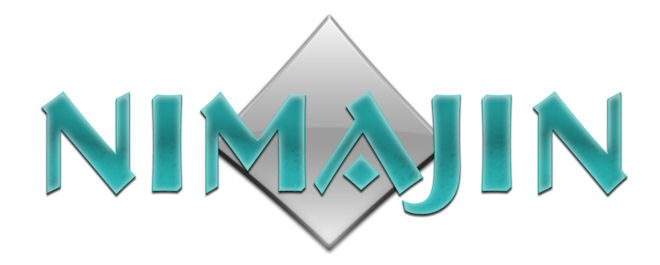 Centre / surrounds make their biggest output when the centre is stimulated, and the surround is inhibited, like on bright points of light in the dark, like stars at night. Colour versions ought to provide their biggest outputs on round things that contrast with their background, like berries or fruits. Or maybe larger round things like flowers or rocks. Or maybe almost round things like insects or fish. Or maybe distant almost round things like birds in the sky. Then, also, large receptive fields could trigger on partially round things, like rounded corners or fingertips.
Centre / surrounds make their biggest output when the centre is stimulated, and the surround is inhibited, like on bright points of light in the dark, like stars at night. Colour versions ought to provide their biggest outputs on round things that contrast with their background, like berries or fruits. Or maybe larger round things like flowers or rocks. Or maybe almost round things like insects or fish. Or maybe distant almost round things like birds in the sky. Then, also, large receptive fields could trigger on partially round things, like rounded corners or fingertips.So maybe there's not really a curve detector in a brain at all? Maybe curves are detected by partial outputs from the centres of large receptive fields. If it contrasted enough, a semicircle in the centre of a receptive field would cause a positive signal. If the brain knows, 'hey, that positive signal came from a big receptive field', then it could assume that a curved thing is in the field, with its size relative to the receptive field size.
.jpg)

No comments:
Post a Comment